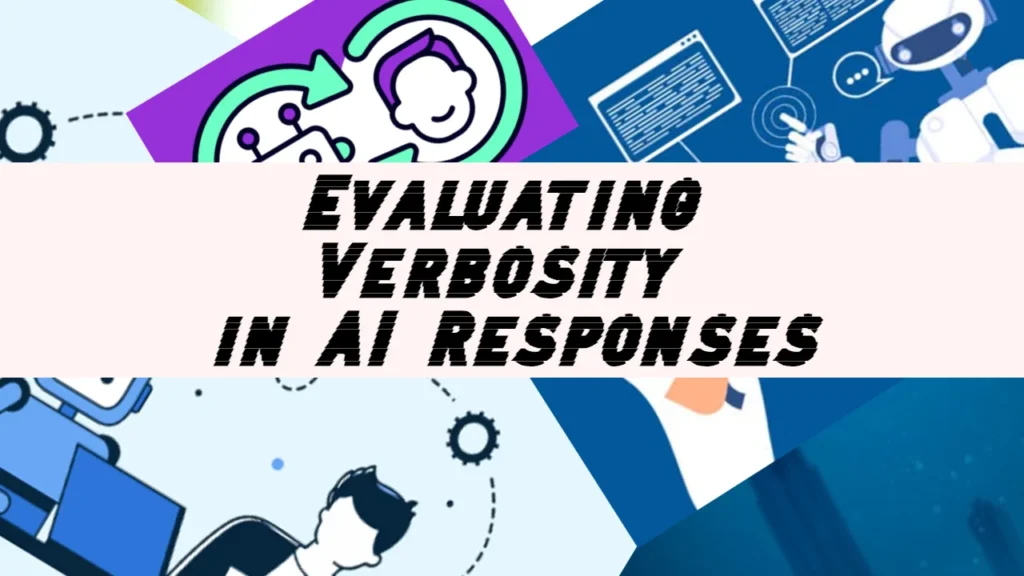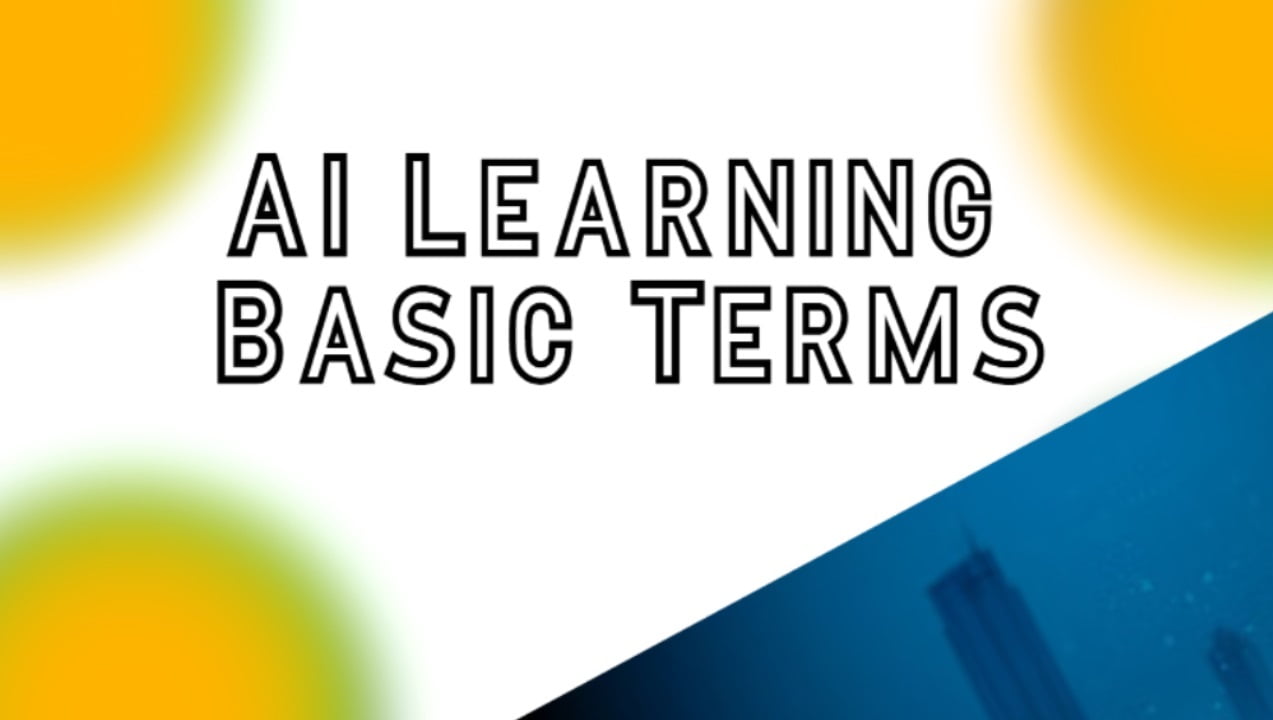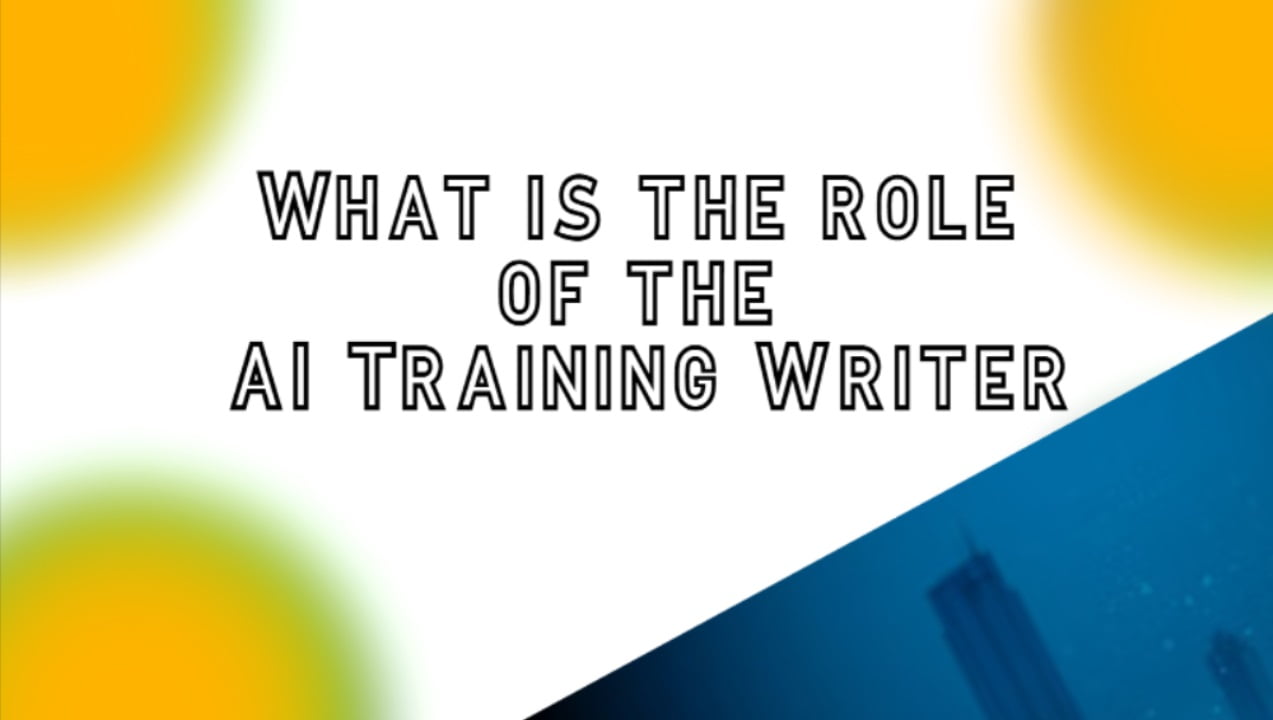Verbosity can hinder effective interaction, leading to overly complex and lengthy responses that detract from the user experience. Here, we will delve into the intricacies of evaluating verbosity in AI responses, covering three key aspects:
- Repetition
- Length
- Supporting content
Understanding Repetition 🔄
What is Repetition?
Repetition in AI communication involves the unnecessary reiteration of ideas or phrases, leading to cluttered responses that distract from the main message. It often stems from a lack of clarity or conciseness in conveying information.
How to Evaluate Repetition
- A well-crafted response effectively communicates the necessary information without unnecessary redundancy. It is direct and to the point, avoiding the need for repetitive explanations or statements.
- Consider whether the repetition adds value to the response or pads out the content without contributing to the user’s understanding.
Understanding Length 📏
What is Length?
Length in AI communication refers to how detail is used to explain or answer a query. While thoroughness is essential, balancing providing comprehensive information and maintaining conciseness is key to effective communication.
How to Evaluate Length
- Responses that are too short may fail to cover all aspects of the query or provide insufficient information for the user to understand the topic entirely.
- Conversely, excessively long responses often contain unnecessary elaborations, tangents, or fluff, making them less focused and more challenging to follow.
- The ideal response is comprehensive, providing all necessary information while also being concise enough to maintain clarity and focus.
Understanding Supporting Content 🗂️
What is Supporting Content?
Supporting content in AI communication refers to additional information that enhances the main message. This includes relevant examples, explanations, and details that enrich the central theme or answer.
How to Evaluate Supporting Content
- Good supporting content directly relates to and enriches the topic in question, providing depth and clarity to the response.
- Tangential or unrelated content detracts from the main message, offering information that does not contribute to the user’s understanding of the specific query.
Note on Verbosity Issues
Minor verbosity issues alone are typically not grounds to heavily favor one response over another. While addressing verbosity is essential for enhancing clarity and conciseness, it should be balanced with other factors such as relevance, accuracy, and coherence.
Illustrating Verbosity in AI Responses: Practical Examples
To grasp the concept of verbosity in AI communication, let’s explore some original examples that highlight common pitfalls and how to effectively address them.
1. Repetition
Prompt: “Explain the benefits of exercise.”
Bad Example: “Exercise is beneficial for your health. Engaging in physical activity is good for your well-being. Regular exercise contributes to overall fitness.” ❌
- Analysis: This response falls prey to repetition, reiterating the same idea about the benefits of exercise without introducing new insights. The redundant use of phrases detracts from the clarity and impact of the response.
2. Length
Prompt: “What is the capital of France?”
Bad Example: “The capital of France is Paris. Paris, known as the City of Light, is France’s capital and largest city. It is located in the Île-de-France region in the north-central part of the country. Paris is renowned for its iconic landmarks, such as the Eiffel Tower, Louvre Museum, and Notre-Dame Cathedral. The city has a rich history and cultural heritage, making it a popular tourist destination. Additionally, Paris is a major center for art, fashion, cuisine, and commerce, further cementing its status as a global metropolis.” ❌
- Analysis: While the response accurately identifies Paris as the capital of France, it unnecessarily delves into detailed descriptions and historical background, making it excessively long. This detracts from the main question and may overwhelm the user with extraneous information.
3. Supporting Content
Prompt: “What are the advantages of remote work?”
Bad Example: “Remote work offers numerous benefits. It allows employees to work from anywhere, providing flexibility and autonomy. Remote workers can avoid long commutes, saving time and reducing stress. Furthermore, remote work promotes work-life balance, enabling individuals to juggle personal and professional commitments more effectively. Additionally, remote work can increase productivity, as employees have fewer distractions and interruptions. Remote work also has environmental benefits, as it reduces the need for commuting and office space, resulting in lower carbon emissions.” ❌
- Analysis: While the response touches on various aspects of remote work, such as flexibility and productivity, it fails to provide specific examples or evidence to support these claims. The lack of supporting content undermines the response’s credibility and persuasiveness.
By examining these examples, we gain valuable insights into the intricacies of verbosity in AI communication and learn how to craft concise, impactful responses that effectively convey information without unnecessary repetition or verbosity.
Now you know how to evaluate Verbosity in AI Responses
Mastering the art of evaluating verbosity in AI responses requires a keen understanding of repetition, length, and supporting content. By identifying and addressing verbosity issues, developers and content creators can ensure that AI-generated responses are clear, concise, and engaging, ultimately enhancing the user experience in AI communication.




